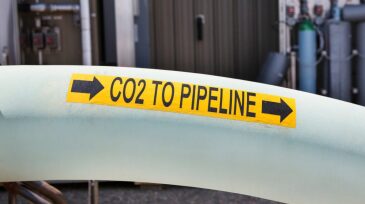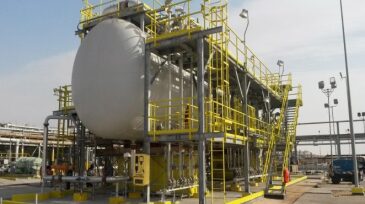carbon capture and storage
-
IPIECA, the oil and gas industry association for environmental and social issues, has released a new fact sheet in an effort to promote carbon capture and storage.
-
The Acorn Project will capture about 200,000 tonnes of carbon dioxide from the St. Fergus Gas Terminal and transport it for storage to one of three depleted gas fields using existing pipelines.
-
Some of these technologies can be deployed now, but additional ones are needed to meet climate goals.
-
A new analysis looks at what it would take for oil companies to start pumping millions of tons of carbon dioxide into their wells to boost crude production and what it would mean for the climate.
-
Even with the wealth of experience already in place within the oil and gas industry, the obstacles to advancing CCS to the forefront of greenhouse gas mitigation technologies remain significant.
-
The paper discusses the main factors affecting CO2 corrosion, provides an assessment of what to look for in major equipment, and details recommended material of construction and corrosion mitigation/control methods.
-
A pilot project demonstrates that facilities design plays an important role in providing sources of CO2 for the gas-handling process for injection into a carbonate formation as a tertiary recovery mechanism.
-
Natural gas, coupled with carbon capture and storage (CCS), could provide cheap and reliable energy in the long term and mitigate climate change. Gas-to-wire (GTW) generates electricity from natural gas at or near the field. This study applies an integrated GTW/CCS scheme to a gas-production field.
-
A demonstration project of carbon capture, utilization, and storage through enhanced oil recovery was conducted in Saudi Arabia. Surface facilities for such projects are expensive to build and involve tradeoffs in options based on economics for a given set of conditions.
-
Collaboration is critical to achieving recognition of the scope and value of carbon capture and storage and achieving acceptance for specific projects.










